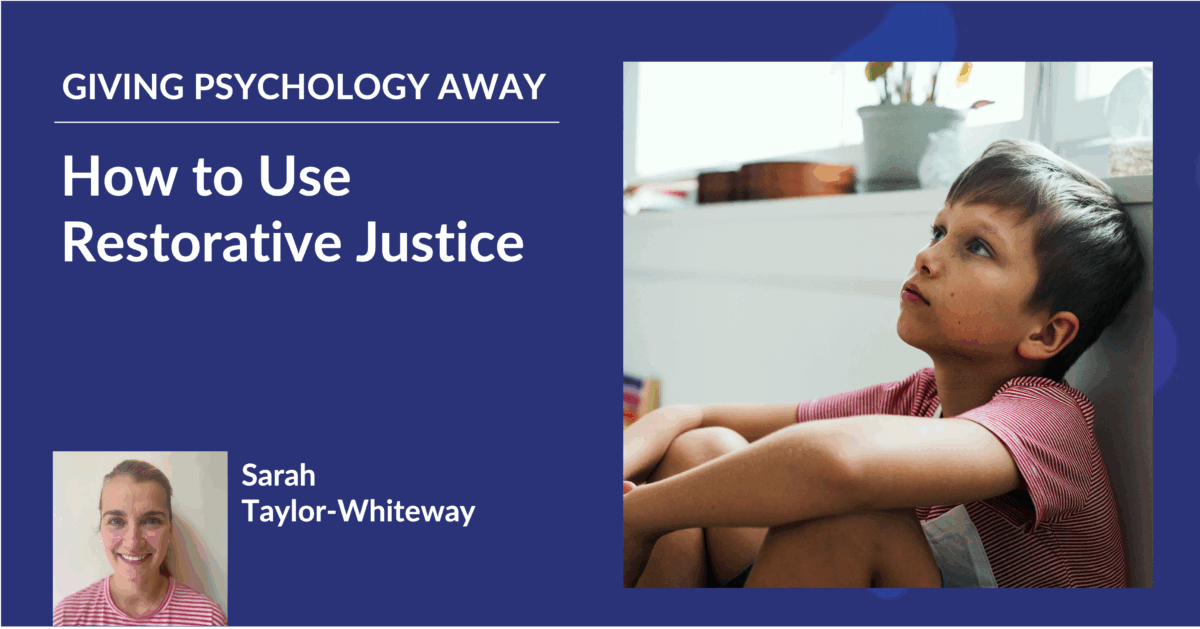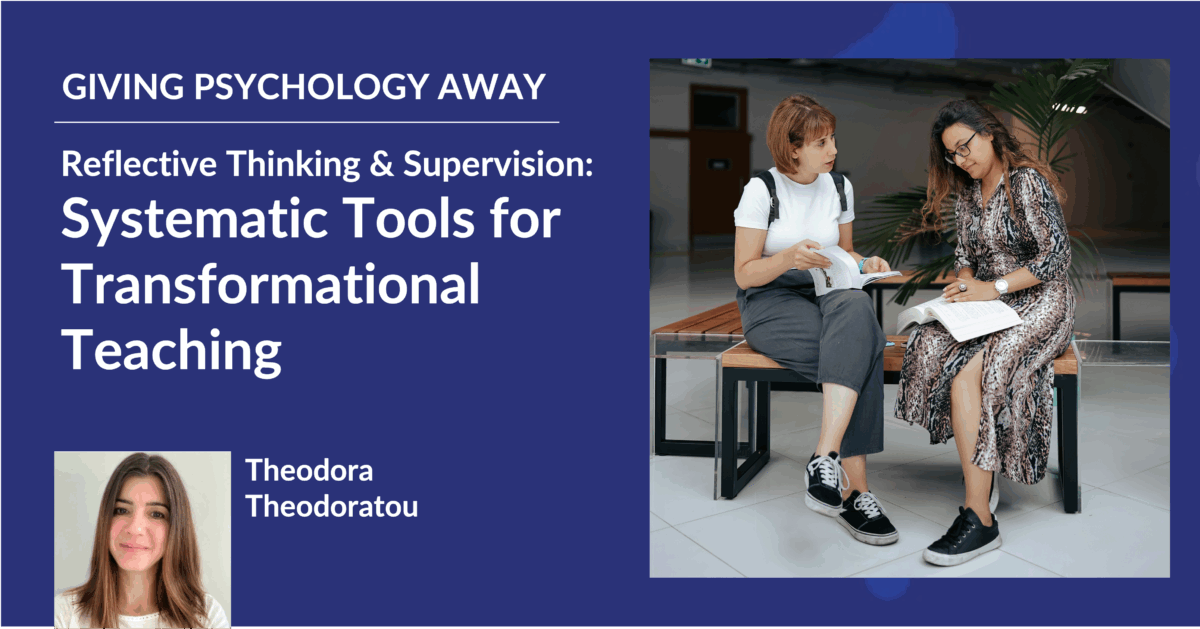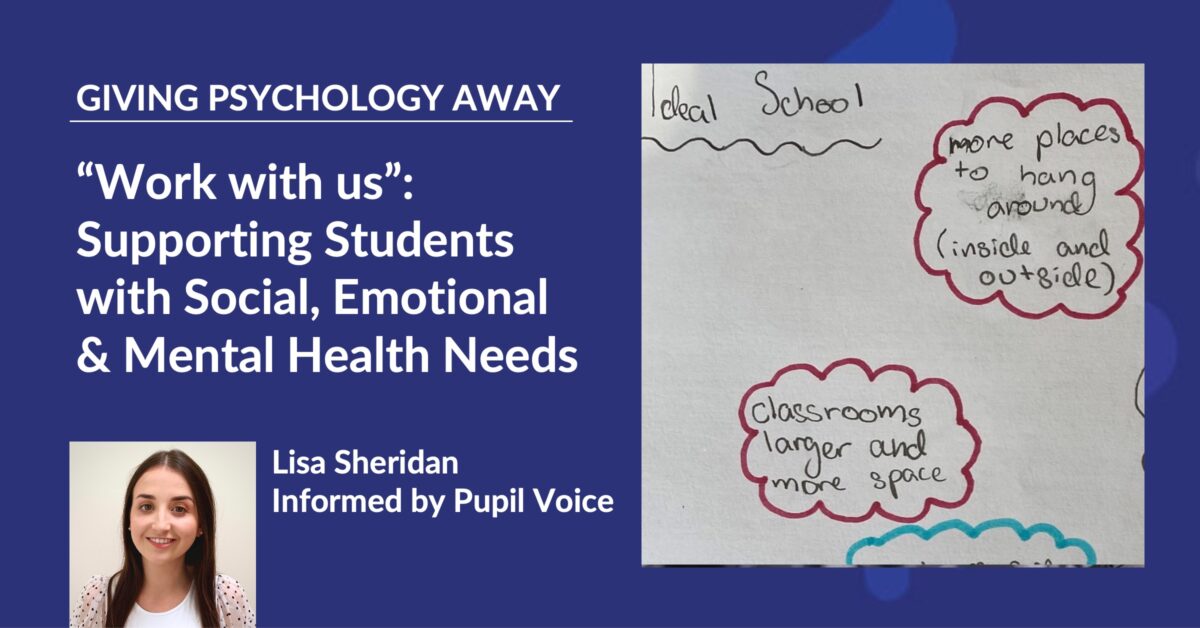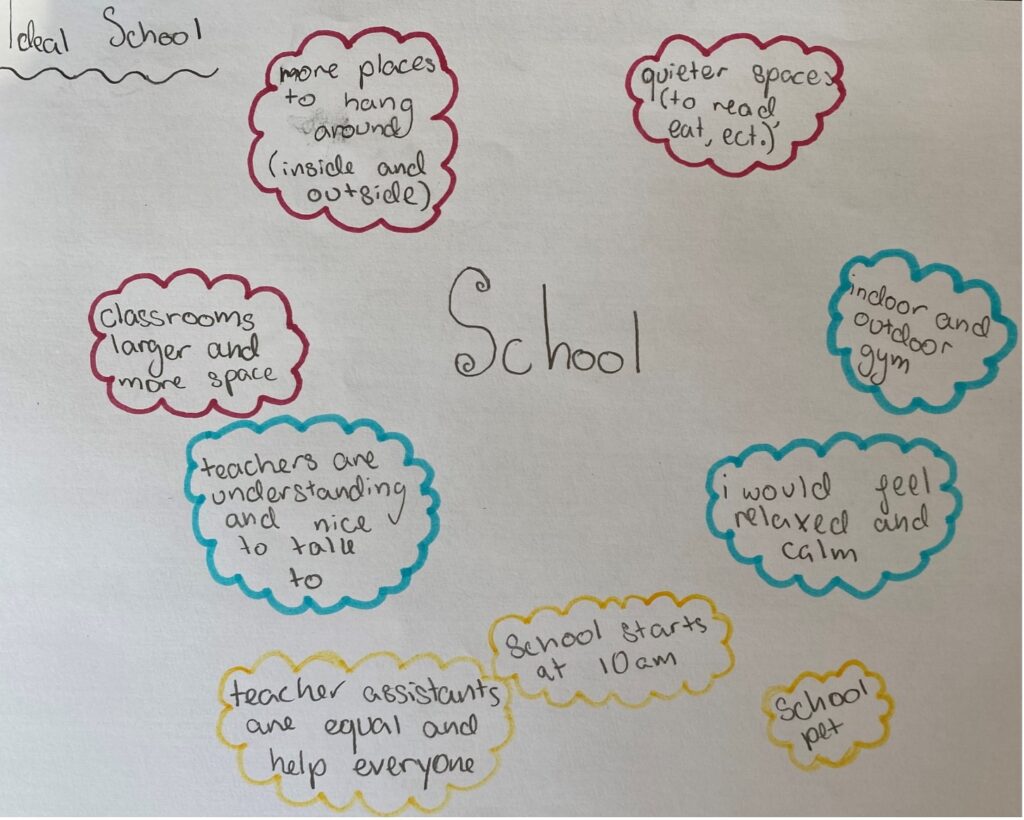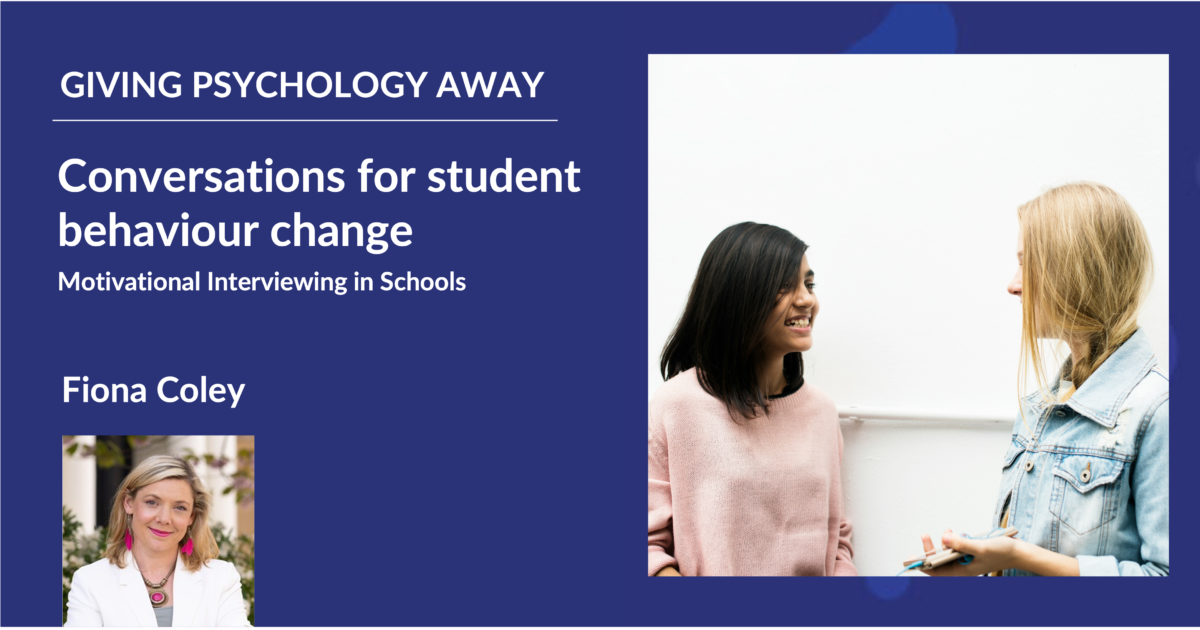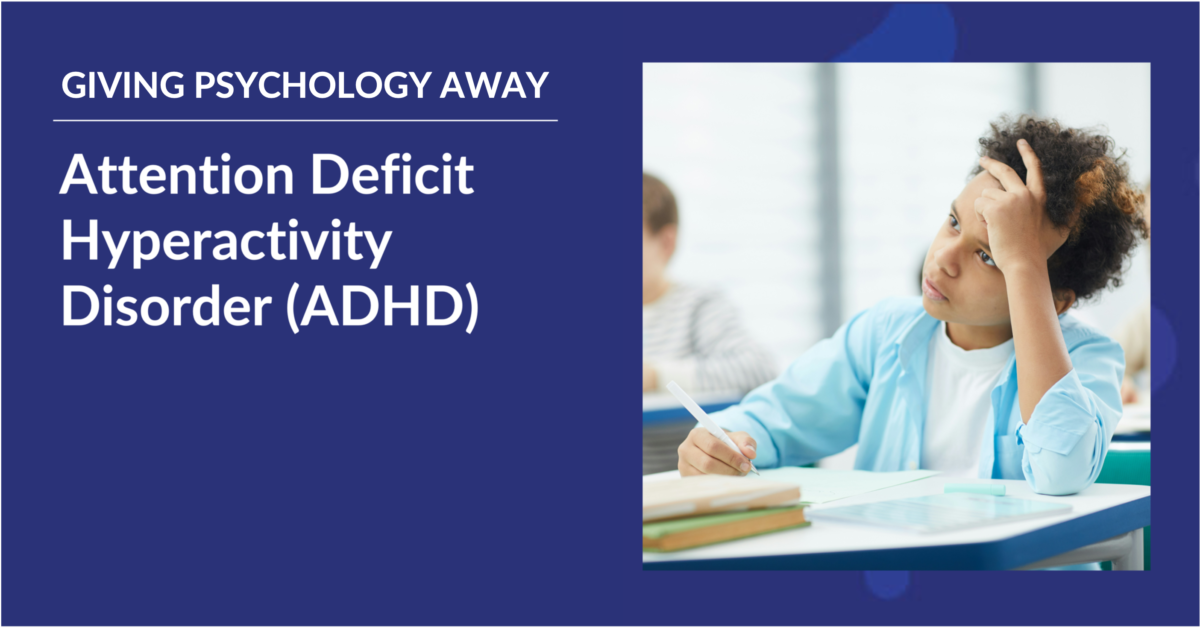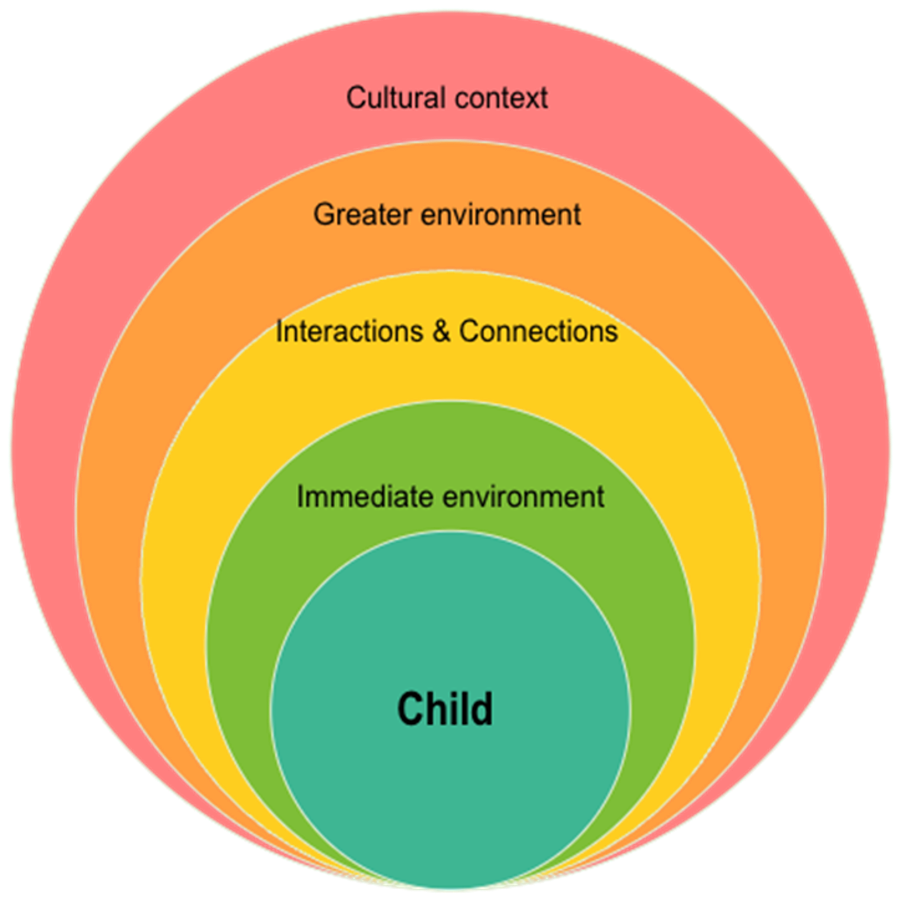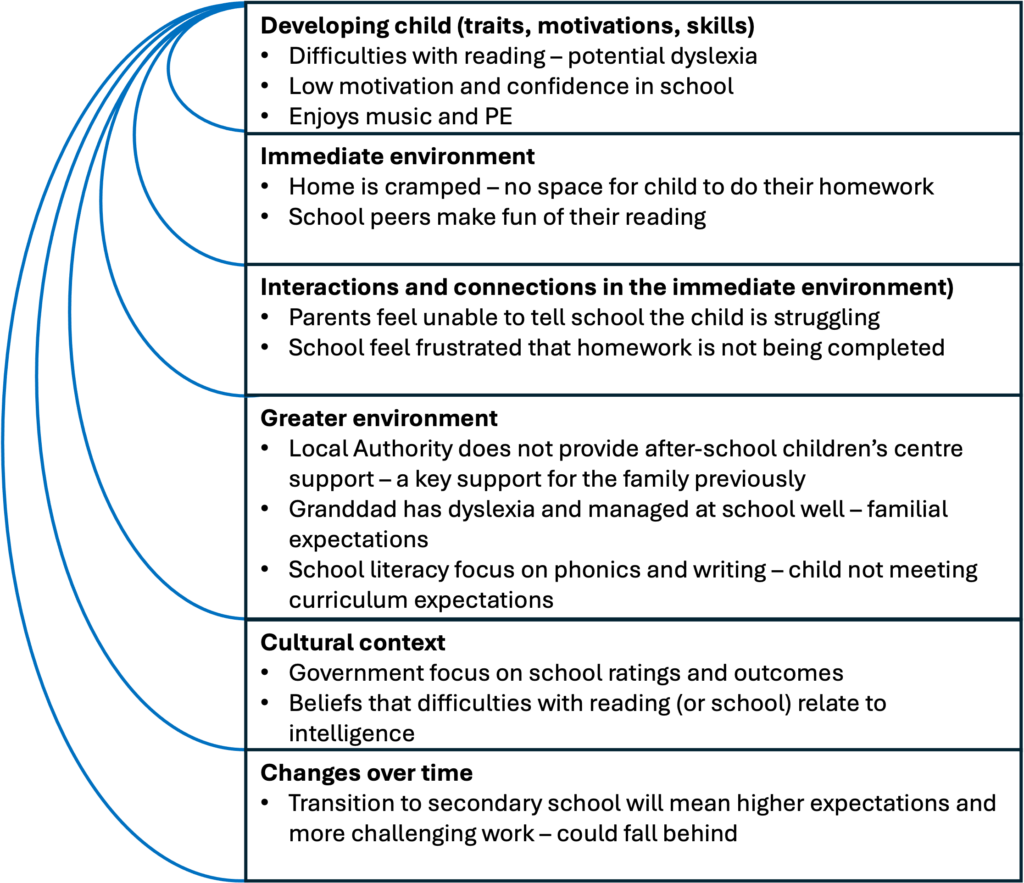What is Restorative Justice
If you consider the question, “What are we trying to teach young people when we discipline them?” you are likely to come up with responses like: accepting responsibility, discouraging the behaviour, developing empathy and self-regulation.
Restorative Justice (RJ) is a relational approach to addressing harm and conflict that supports all of the answers above. Rather than focusing on punishment, RJ emphasizes repairing relationships, understanding perspectives, and restoring trust.
A few key principles
- The focus is on: what happened; the effect of actions and words; the consequences of behaviour.
- The victim’s needs are considered whilst the perpetrator can repair harm without shame.
- The move towards resolution comes from the pupils themselves.
How to Use Restorative Justice
RJ can be used in schools through a range of practices, from informal conversations to structured conferences. Although further training is needed to carry out RJ conferences there are 5 key RJ questions that can be easily used in any situation where harm has been caused by a playground altercation to a show of defiance in the classroom:
#1: What happened?
Example:
- Tell me in your words what happened
#2: What were you thinking?
Examples:
- What was going through your mind when you did this?
- What was the purpose of doing that?
- What did you think would happen?
#3: What were you feeling?
Examples:
- How did you feel when you did this (using an emotion wheel)?
- What emotions did you feel when you did this?
- How did your body feel when you did this?
#4: Who has been affected?
Examples:
- What do you think he/she felt?
- What do you think that was like for X?
- Who has been hurt?
#5: How can we put things right?
Examples:
- What has changed for you hearing/thinking about how X feels
- How can we make things better?
- How would you like for things to be different?
- How can we achieve this?
- What will you do differently next time?
- Who can help you?
What might this look like?
A child has repeatedly refused your instructions to stop pushing another student in the line. You take this child out of the line and quietly ask the following questions, waiting for their responses.
- Can you explain to me what just happened whilst you were standing in the line?
- What did you think the other child would do when that happened?
- What did you think might have happened if you carried on?
- What emotions do you think could describe how you felt just then? Were you excited or angry about something?
- How do you think the other child felt as you were doing that? What do you think that was like for them?
- Shall we think about what we could do to make things better?
- What could you do differently next time we line up?
Notice that this conversation doesn’t include the word ‘why’. Often the word ‘why’ places blame at someone’s door and expects the child to explain themselves leading to a ‘he said’, ‘she said’ scenario or a feeling of unfairness. These questions avoid blame whilst exploring both people’s feelings. How do you think the child would respond differently if you had used ‘why’ instead of asking these questions?
Why It Works
RJ is effective because it aligns with how young people learn and develop emotionally and socially.
- Supports brain development and emotional regulation.
- Encourages emotional connection and empathy.
- Avoids a culture of fear and promotes openness.
Evidence has shown that RJ reduces exclusions, improves behaviour, and strengthens relationships. It has also been found to support young people who act impulsively by modelling executive functioning and planning on how to approach a problematic situation.
Does it work?
Restorative justice has a long and rich history and its creation is often attributed to Maori people in New Zealand and Indigenous people of Canada and USA. These communities used systems based on the same values as RJ for hundreds of years to protect individual and promote social stability.
To review the effectiveness of RJ in schools in current times a systematic review of many studies found that RJ can decrease exclusions, improved school climates, increased happiness and improved relationships between students and between students and teachers (Lodi, Perrrella, Lepri, Scarpa and Patrizi, 2021).
Implementation Tips:
- Create safe spaces for dialogue. Remove the CYP out of ear shot of other CYP or take them out of the classroom.
- Use restorative language consistently this helps CYP get used to the questions and overtime they will become better at answering them without so much prompting from you.
- Model respectful communication in your tone of voice, the volume, your body language and how calmly you approach the situation.

